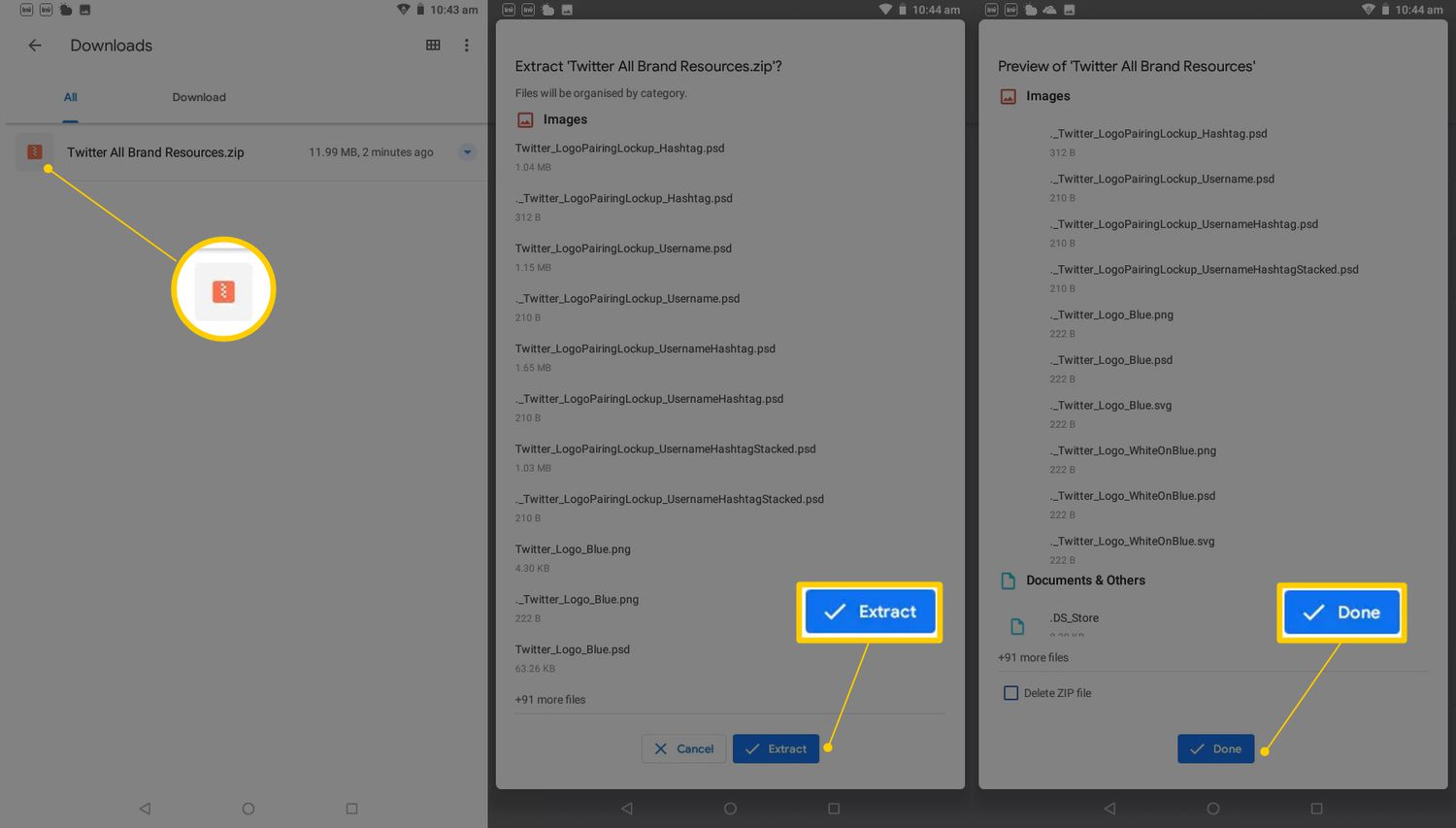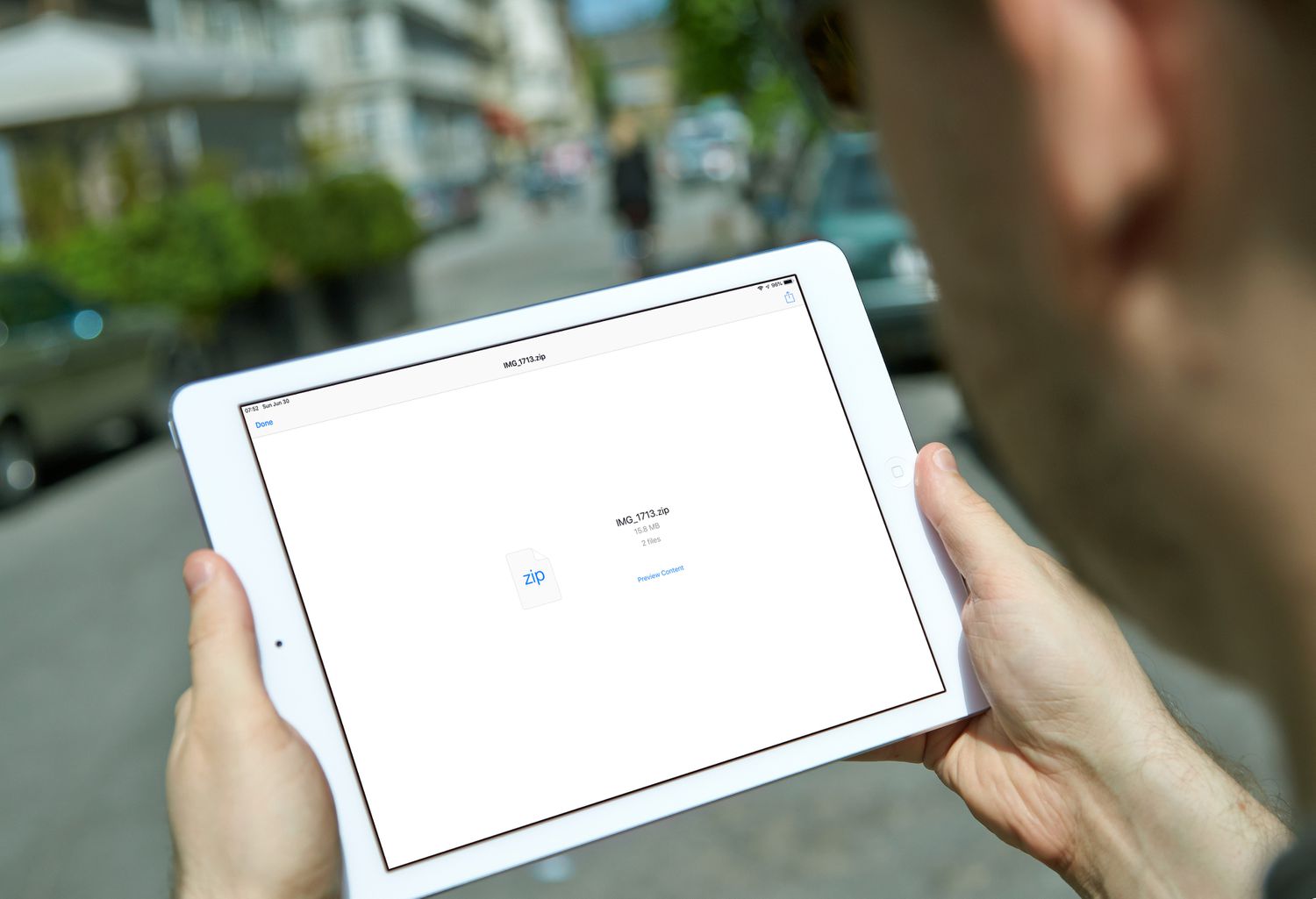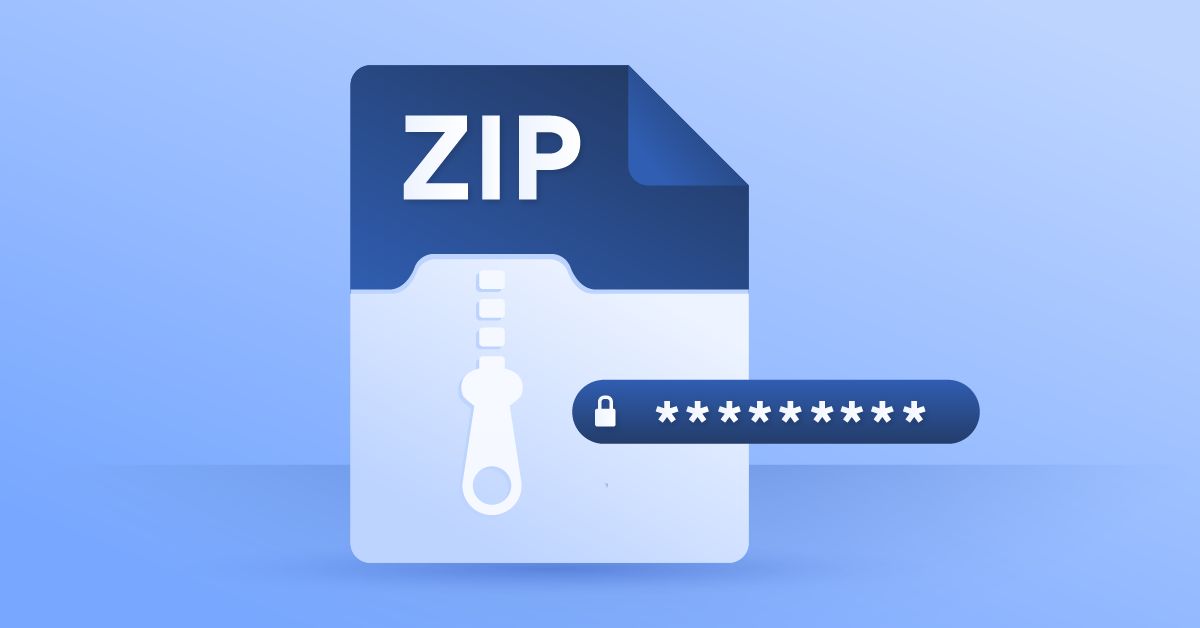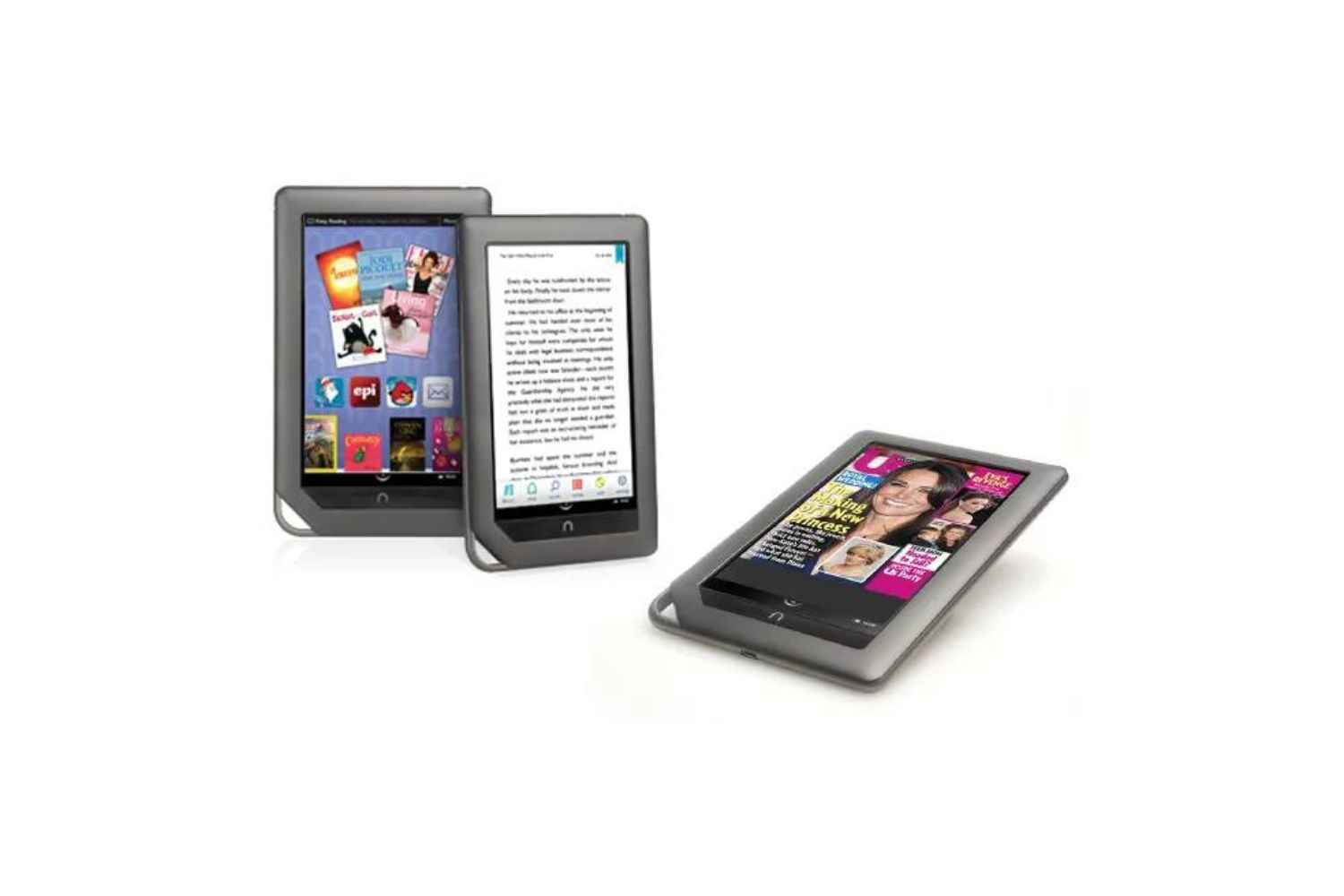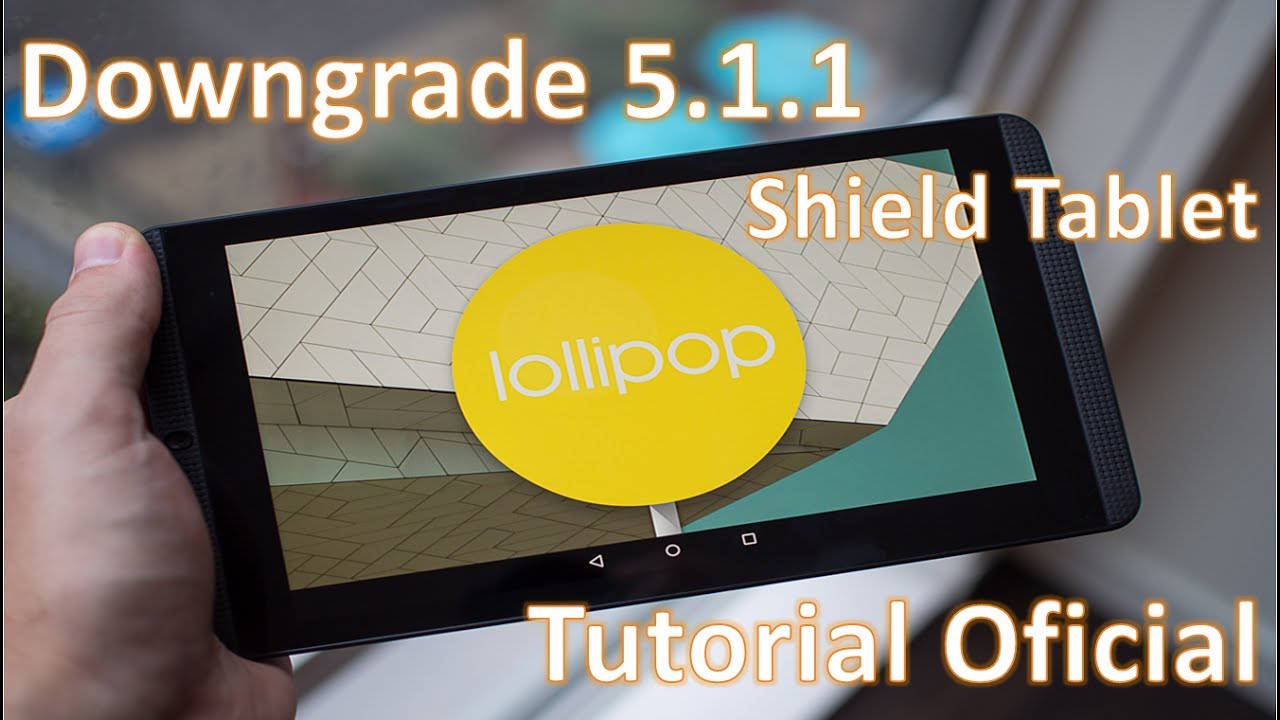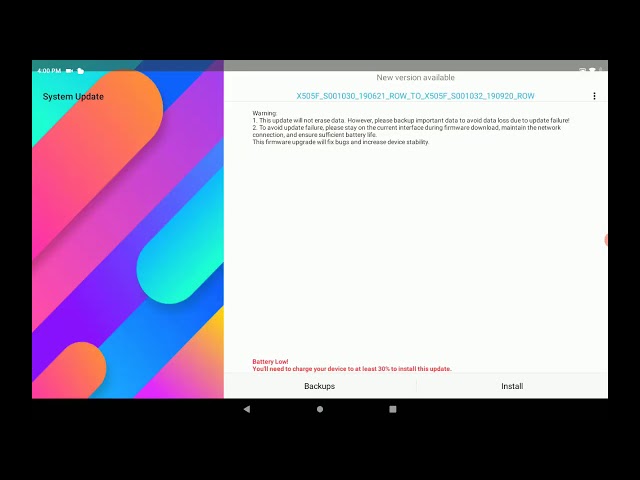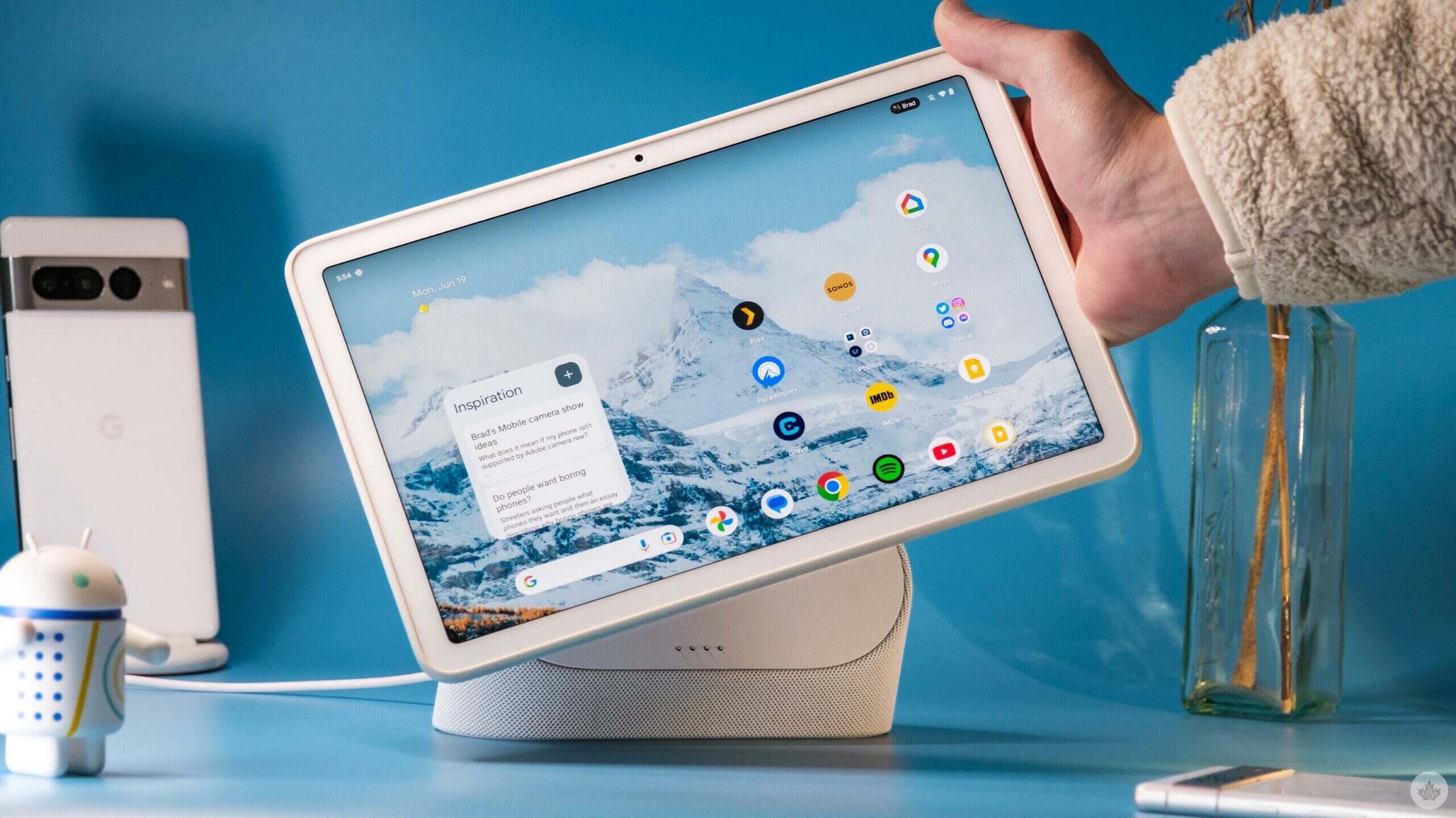Introduction
Opening a zip file on an Android tablet can be a convenient way to access and extract compressed files. Zip files are commonly used to compress and bundle multiple files or folders into a single archive, making it easier to transfer and store large amounts of data.
While Android tablets come with built-in file managers, they may not always provide the option to open or extract zip files. Fortunately, there are a few methods you can use to open zip files on your Android tablet, allowing you to access the files within and make use of their contents.
In this article, we will explore three different methods to open zip files on your Android tablet. We will discuss using a file manager app, a zip archive app, and a cloud storage app. Each method offers its own set of advantages and may vary based on personal preference and the specific apps available on your device.
Whether you need to access important documents, transfer files, or simply organize your files, learning how to open zip files on your Android tablet can greatly improve your productivity and efficiency. Now, let’s dive into the details of each method and find the one that suits your needs best.
Method 1: Using a File Manager App
One of the easiest ways to open a zip file on your Android tablet is by using a file manager app. Many file manager apps available in the Google Play Store offer built-in zip file extraction capabilities, allowing you to easily access the contents of the zip file.
Here’s how you can open a zip file using a file manager app:
- First, ensure that you have a file manager app installed on your Android tablet. If you don’t have one, you can download and install popular file manager apps such as Solid Explorer, ES File Explorer, or Astro File Manager from the Google Play Store.
- Launch the file manager app on your tablet.
- Navigate to the location where the zip file is saved. You can browse through various folders and directories to locate the zip file.
- Once you find the zip file, tap on it to select it.
- In the options or toolbar of the file manager app, look for an option to extract or unzip the zip file. The wording may vary depending on the file manager app you are using.
- Tap on the extract or unzip option, and the file manager app will extract the files from the zip file and save them to a new folder or directory.
- You can now access and view the extracted files from the zip file using the file manager app.
Using a file manager app to open zip files is a straightforward method that doesn’t require any additional app installations. It provides a simple and efficient way to access the contents of the zip file directly on your Android tablet, giving you greater control over your files.
Now that you know how to open zip files using a file manager app, let’s move on to the next method: using a zip archive app.
Method 2: Using a Zip Archive App
If the built-in file manager on your Android tablet does not have unzip capabilities or if you prefer a dedicated app for handling zip files, you can use a zip archive app to open and extract zip files. There are several zip archive apps available in the Google Play Store that offer advanced features and enhanced file management options.
To open a zip file with a zip archive app, follow these steps:
- Download and install a zip archive app from the Google Play Store. Popular apps in this category include WinZip, RAR, 7Zipper, and ZArchiver.
- Launch the zip archive app on your Android tablet.
- Use the app’s interface to navigate to the location where the zip file is stored. You can browse through folders and directories to find the zip file.
- Once you locate the zip file, tap on it to select it.
- The zip archive app will display the contents of the zip file, including the individual files and folders it contains.
- To extract the files from the zip file, find the extract or unzip option within the app’s interface. The specific location of this option may vary depending on the app you are using.
- Tap on the extract or unzip option, and the app will extract the files from the zip archive and save them to a designated folder or directory.
- You can now access and view the extracted files using the zip archive app or any other compatible app installed on your device.
Using a zip archive app can provide additional features and flexibility for managing zip files on your Android tablet. These apps often offer more advanced compression and extraction options, allowing you to customize how you handle zip files on your device.
Now that you know how to use a zip archive app to open and extract zip files, let’s explore another method: using a cloud storage app.
Step 1: Download and Install a Zip Archive App
In order to use a zip archive app to open and extract zip files on your Android tablet, you first need to download and install a suitable zip archive app from the Google Play Store. There are several popular zip archive apps available that offer a range of features and functionalities.
Here’s how you can download and install a zip archive app:
- Launch the Google Play Store app on your Android tablet. You can find the Play Store app on your home screen or in your app drawer.
- Tap on the search bar at the top of the Play Store interface.
- Type in keywords such as “zip archive app,” “unzip app,” or the specific name of the app you want to download.
- Tap on the search icon or the Enter key on the keyboard to initiate the search.
- A list of search results will appear, displaying various zip archive apps that match your search query.
- Browse through the search results and select the zip archive app that best suits your needs and preferences. Read reviews and check the app’s ratings to ensure its reliability and functionality.
- Tap on the “Install” button next to the selected app to begin the installation process.
- Wait for the app to download and install on your Android tablet. The installation time may vary depending on the app’s size and your internet connection speed.
- Once the installation is complete, you can find the zip archive app on your home screen or in your app drawer.
Downloading and installing a zip archive app is a crucial first step in being able to open and extract zip files on your Android tablet. With the app successfully installed, you can proceed to the next steps to learn how to open and extract zip files using the app.
Now that you have installed a zip archive app, let’s move on to the next step: opening the zip archive app.
Step 2: Open the Zip Archive App
Once you have installed a zip archive app on your Android tablet, the next step is to open the app to begin working with zip files. Opening the zip archive app will allow you to access its features and functionalities, including the ability to open and extract zip files.
Here’s how you can open the zip archive app:
- Locate the zip archive app on your Android tablet. You can find it on your home screen or in your app drawer.
- Tap on the app icon to launch the zip archive app.
- Wait for the app to open and load its interface. This may take a few moments depending on the speed of your device.
- Once the app is opened, you will be greeted with the main screen or home screen of the zip archive app.
- The interface of the zip archive app may vary depending on the app you have installed. Some apps may present you with a file browser interface, while others may have a more compact and minimalist design.
- Take a moment to familiarize yourself with the different options and features available within the app.
- At this point, you are ready to start using the zip archive app to open and extract zip files on your Android tablet.
Opening the zip archive app is a simple and straightforward process. Once the app is open, you can proceed to the next steps to learn how to locate and select the zip file you want to extract.
Now that you have successfully opened the zip archive app, let’s move on to the next step: locating and selecting the zip file.
Step 3: Locate and Select the Zip File
After opening the zip archive app on your Android tablet, the next step is to locate and select the zip file that you want to extract. This step is crucial in order to access the contents of the zip file and proceed with the extraction process.
Here’s how you can locate and select the zip file:
- Within the zip archive app’s interface, navigate to the location where the zip file is stored.
- Depending on the app, you may see a list of folders and files, or a file browser interface where you can navigate through your device’s storage system.
- Tap on the folders to navigate to the specific location where the zip file is saved.
- If you know the exact name of the zip file, you can use the search functionality within the app to quickly locate it.
- Once you find the zip file, tap on it to select it. You may need to long-press on the file or use an associated action button to select it, depending on the app’s interface.
- After selecting the zip file, the app will display information about the selected file, such as its name, size, and date of creation.
- Take a moment to ensure that you have selected the correct zip file before proceeding to the next step.
Locating and selecting the zip file within the zip archive app’s interface is an essential step to access the contents of the file. Once you have successfully located and selected the zip file, you are now ready to extract its contents.
Now that you have located and selected the zip file, let’s move on to the next step: extracting the files from the zip file.
Step 4: Extracting the Files from the Zip File
After selecting the desired zip file within the zip archive app on your Android tablet, the next step is to extract the files contained within the zip file. Extracting the files from the zip file allows you to access and use the individual files and folders that were originally compressed.
Here’s how you can extract the files from the zip file:
- Within the zip archive app’s interface, look for an option or button that allows you to extract or unzip the selected zip file.
- The extraction option may be prominently displayed, or it may be located within a menu or toolbar.
- Tap on the extract or unzip option, and the zip archive app will begin the extraction process.
- Depending on the size of the zip file and the number of files it contains, the extraction process may take a few moments to complete.
- Once the extraction is complete, the app will create a new folder or directory where it will save the extracted files.
- By default, the extracted files will be saved in the same location as the original zip file, unless you specify a different location during the extraction process.
- You can now access and view the extracted files within the zip archive app or any other compatible app on your Android tablet.
Extracting the files from the zip file allows you to fully utilize the contents of the compressed archive. You can access individual files, view their content, and perform any necessary actions such as editing, sharing, or moving the files to different locations on your Android tablet.
Now that you have successfully extracted the files from the zip file, you can enjoy using the contents of the archive on your Android tablet.
In the next section, we will explore a different method for opening zip files on your Android tablet: using a cloud storage app.
Method 3: Using a Cloud Storage App
If you prefer a cloud-based approach to accessing and extracting zip files on your Android tablet, you can utilize a cloud storage app. Cloud storage apps allow you to store and manage your files online, offering the convenience of accessing your files from any device with an internet connection.
Here’s how you can use a cloud storage app to open and extract zip files:
- Download and install a cloud storage app from the Google Play Store. Popular options include Google Drive, Dropbox, OneDrive, and Box.
- Launch the cloud storage app on your Android tablet.
- Sign in to your account or create a new account if you don’t already have one.
- Once you are signed in, navigate to the location within the app where you want to upload the zip file.
- Tap on the upload or add file option within the app’s interface.
- Select the zip file from your device’s storage or browse through your files to locate it.
- Wait for the zip file to upload to your cloud storage account. The upload time may vary depending on the size of the file and your internet connection speed.
- Once the zip file is uploaded, you can access it from the cloud storage app on any device with the app installed.
- To extract the files from the zip file, locate the file within the cloud storage app and tap on it.
- The app will provide you with options to extract or download the zip file.
- Select the extract option, and the app will extract the files from the zip file and save them to your cloud storage account.
Using a cloud storage app to open and extract zip files offers the advantage of convenient file storage and accessibility from multiple devices. You can access, extract, and work with zip files from any device with the cloud storage app installed, providing flexibility and convenience.
Now that you know how to utilize a cloud storage app to open and extract zip files, you can choose the method that suits your needs and preferences the best.
Step 1: Download and Install a Cloud Storage App
In order to utilize a cloud storage app to open and extract zip files on your Android tablet, the first step is to download and install a suitable cloud storage app from the Google Play Store. Cloud storage apps provide an efficient and convenient way to store, access, and manage your files online.
Follow these steps to download and install a cloud storage app:
- Launch the Google Play Store app on your Android tablet. You can find the Play Store app on your home screen or in your app drawer.
- Type in keywords such as “cloud storage app,” “Google Drive,” “Dropbox,” or any other specific cloud storage service you prefer, in the search bar at the top of the Play Store interface.
- Tap on the search icon or press the Enter key on your keyboard to initiate the search.
- A list of search results will appear, displaying various cloud storage apps that match your search query.
- Browse through the search results and select the cloud storage app that best suits your requirements. It is recommended to read reviews and check the app’s ratings to ensure its reliability and functionality.
- Tap on the “Install” button next to the chosen app to begin the installation process.
- Wait for the app to download and install on your Android tablet. The installation time may vary depending on the app’s size and your internet connection speed.
- Once the installation is complete, you can find the cloud storage app on your home screen or in your app drawer.
Downloading and installing a cloud storage app is an essential step to access its features and functionalities. With a cloud storage app successfully installed on your Android tablet, you can proceed to the next steps to learn how to open and extract zip files using the app.
Now that you have installed a cloud storage app, let’s move on to the next step: signing in or creating an account.
Step 2: Sign in or Create an Account
Once you have downloaded and installed a cloud storage app on your Android tablet, the next step is to sign in to your existing account or create a new account if you don’t have one. Signing in or creating an account is necessary to access the cloud storage service and utilize its features, including opening and extracting zip files.
Follow these steps to sign in or create an account:
- Launch the cloud storage app on your Android tablet.
- On the app’s main screen, you will typically find options for signing in or creating an account.
- If you already have an account with the cloud storage service, tap on the “Sign In” or “Log In” option.
- Enter your username or email address and password associated with your account.
- If you don’t have an account, tap on the “Sign Up” or “Create Account” option.
- Follow the on-screen prompts to enter your personal information, such as your name, email address, and create a password.
- Agree to the terms and conditions of the cloud storage service, if prompted.
- Once you have signed in or created an account, you will gain access to your cloud storage space.
Signing in to your existing account or creating a new account is essential to utilize the cloud storage app’s features fully. With a successfully signed-in account, you can proceed to the next steps to learn how to upload the zip file to your cloud storage account and extract its contents.
Now that you have signed in or created an account, let’s move on to the next step: uploading the zip file to your cloud storage.
Step 3: Upload the Zip File to your Cloud Storage
After signing in to your cloud storage account using the app on your Android tablet, the next step is to upload the zip file to your cloud storage. Uploading the zip file will make it accessible from any device with the cloud storage app installed, allowing you to extract its contents without needing the actual zip file on your tablet.
Follow these steps to upload the zip file to your cloud storage:
- Open the cloud storage app on your Android tablet.
- Navigate to the location within the app where you want to store the zip file.
- Tap on the “Upload” or “Add file” option within the app’s interface.
- Locate and select the zip file from your device’s storage. You may need to browse through the folders or use the search functionality within the app.
- Wait for the zip file to upload to your cloud storage account. The upload time will depend on the size of the file and your internet connection speed.
- Once the upload is complete, the zip file will be available in your cloud storage account.
Uploading the zip file to your cloud storage ensures that you can access and extract its contents from any device with the cloud storage app. It also provides an extra layer of security and backup, as your files are stored in the cloud.
Now that you have successfully uploaded the zip file to your cloud storage, let’s move on to the next step: accessing and extracting the zip file from the cloud storage app.
Step 4: Access and Extract the Zip File from the Cloud Storage App
Once you have uploaded the zip file to your cloud storage account using the app on your Android tablet, the next step is to access and extract the zip file’s contents from within the cloud storage app. This will allow you to view and work with the individual files and folders that were originally compressed within the zip file.
Follow these steps to access and extract the zip file from the cloud storage app:
- Open the cloud storage app on your Android tablet.
- Navigate to the location where you uploaded the zip file.
- Find the zip file within the app’s interface. It should be displayed along with other files and folders.
- Tap on the zip file to select it.
- In the options or toolbar within the app, look for an option to extract or unzip the zip file. Depending on the cloud storage app you are using, the wording may vary.
- Tap on the extract or unzip option.
- The cloud storage app will begin extracting the files from the zip file and saving them to a designated folder.
- Once the extraction is complete, you can access and view the extracted files within the cloud storage app.
- You can also download the extracted files to your Android tablet or share them with others directly from the cloud storage app, depending on the app’s features.
- Enjoy working with the extracted files and make use of their contents as needed.
Accessing and extracting the zip file from the cloud storage app provides convenience and accessibility to your files. By utilizing the cloud storage app, you can access the zip file’s contents from any device with the app installed, making it easier to collaborate, share, and manage your files.
Now that you have successfully accessed and extracted the zip file from the cloud storage app, you can continue to work with the individual files and folders wherever you go.
Conclusion
Opening zip files on an Android tablet can be done using various methods, each offering its own advantages and convenience. Whether you prefer using a file manager app, a zip archive app, or a cloud storage app, there are options available to meet your needs when it comes to accessing and extracting zip files.
Using a file manager app provides a simple and straightforward approach, as it is often built-in and readily available on Android tablets. With just a few taps, you can locate and extract the contents of a zip file directly on your device.
Alternatively, utilizing a dedicated zip archive app offers more advanced features and functions. These apps provide extra compression options and file management capabilities, giving you more control over how you handle zip files on your Android tablet.
If you prefer a cloud-based approach, using a cloud storage app allows you to store and access your files from any device with an internet connection. Uploading zip files to your cloud storage account makes them available for extraction and use on multiple devices, without the need to store the actual zip file locally.
By following the outlined steps for each method, you can successfully open and extract zip files on your Android tablet, enabling you to access the contents and utilize the files within.
Remember to choose the method that aligns with your preferences and needs. Whether you prioritize simplicity, advanced features, or cloud storage convenience, there is a solution available to make opening zip files on your Android tablet a seamless process.
Now armed with this knowledge, you can confidently handle zip files on your Android tablet, boosting your productivity and efficiency in managing and accessing compressed files.







